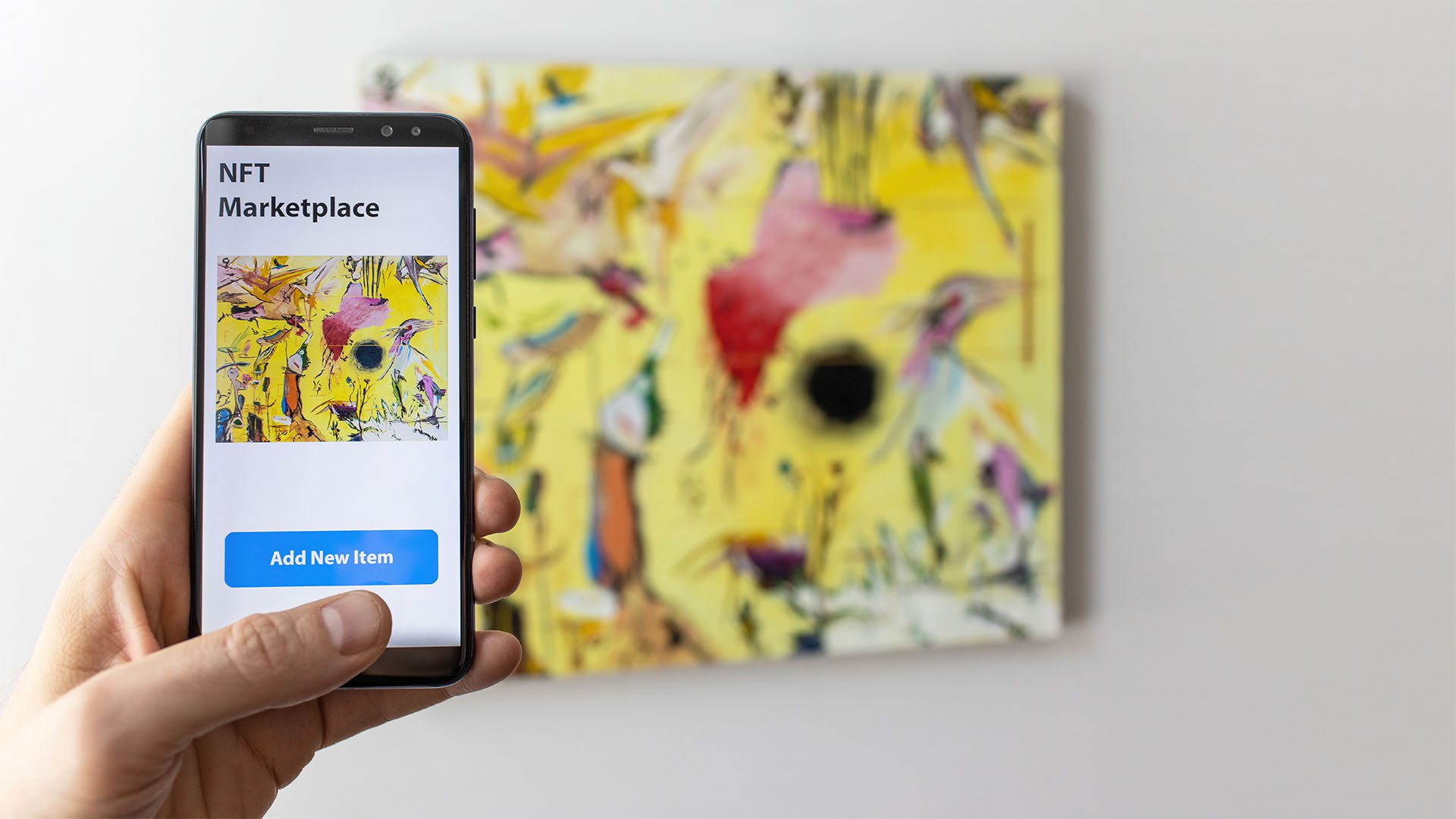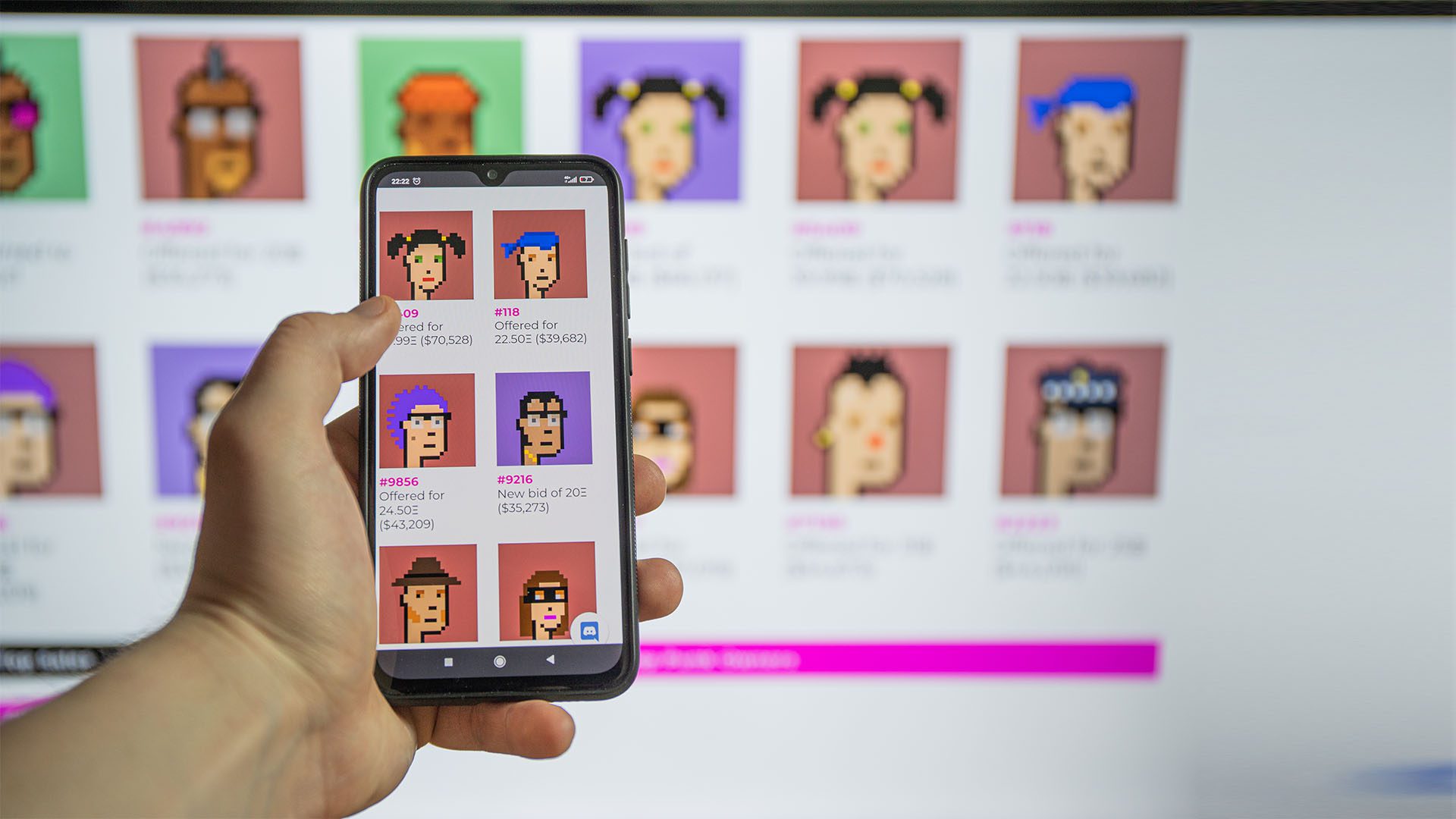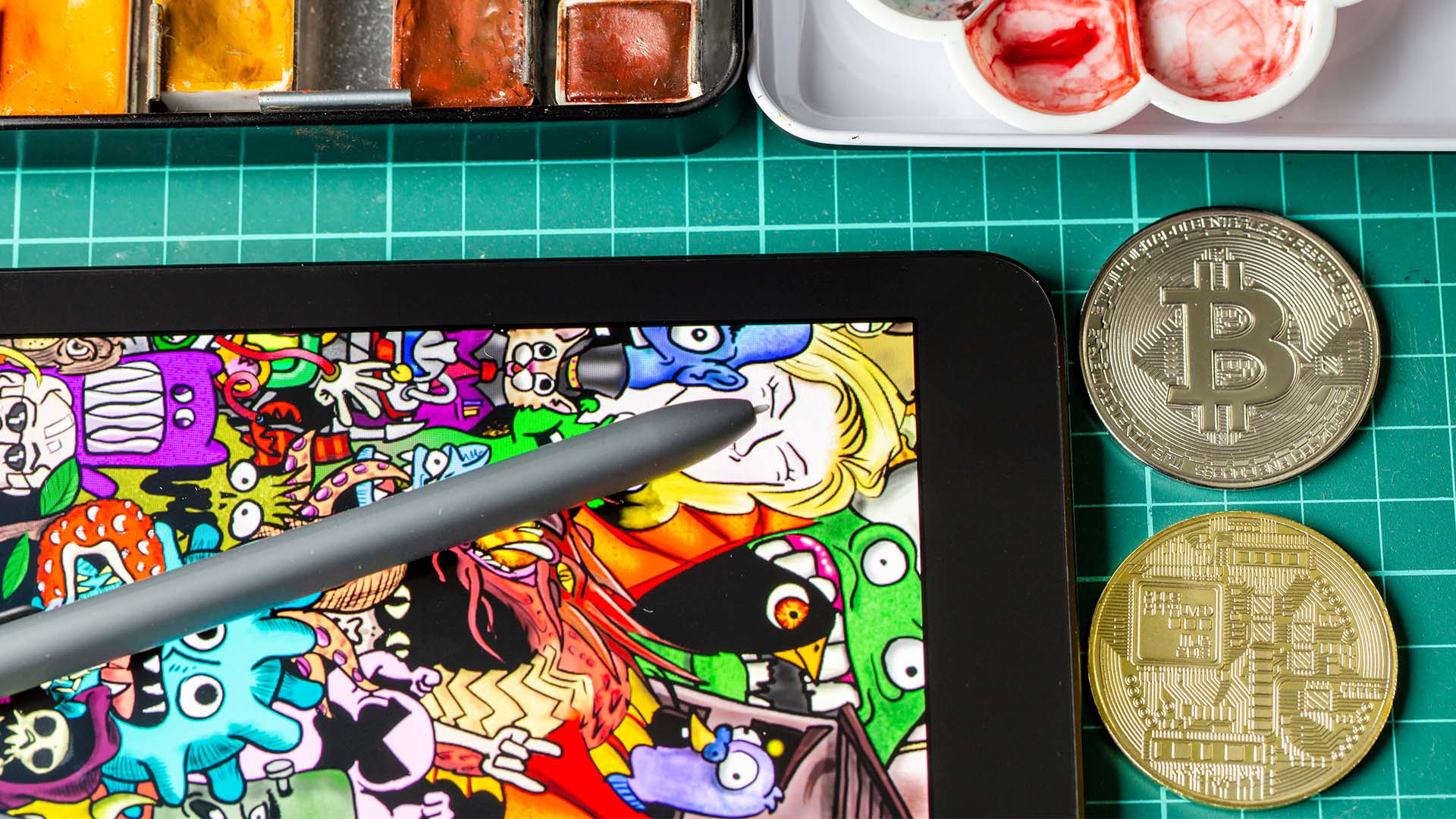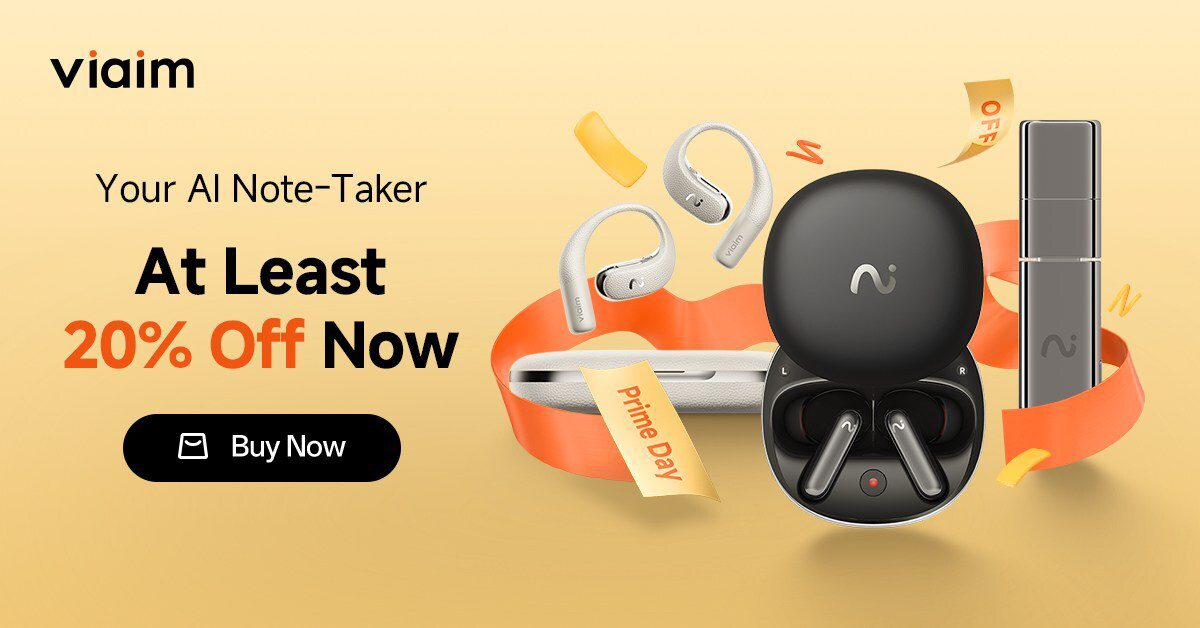The value of NFTs on the market increased from $340 million to $14 billion dollars within one year. It is clear that NFTs are going to play a major role in the future of art and technology, which begs the question of how they’ll play a role in the future of education.

What is an NFT?
An NFT or nonfungible token is a unique digital identifier that cannot be copied, substituted, or subdivided. After its creation, the NFT is recorded in a blockchain which is then used to certify its authenticity and ownership. NFT transaction records are recorded across multiple computers linked through the blockchain, which allows them to be sold or traded.
The difference between an NFT and a bitcoin is that a bitcoin can be traded or divided up into different amounts. For example, a $100 bitcoin value can be divided into smaller values, but a painting can’t do the same as there is only one original work that doesn’t retain its value if it is divided. By using technology to essentially digitally authenticate this original version, it allows that work to retain a higher value in a world where digital copies of artworks are easier to fake. NFTs are created through a process called “minting”, which involves signing a blockchain transaction that provides the specifics of the fundamental token details.

NFTs in Education
Many schools and universities are exploring unique uses for NFT technology in education. For example, Duke University has provided educational credentials to its students in the form of NFTs for its Master of Engineering in Financial Technology degree. Additionally, Seton Hill University presented its alumni with NFT awards at their Annual Entrepreneur Hall of Fame Dinner. One educator at Pepperdine University is using NFTs as academic tokens to represent when a student has passed their course. MIT, along with several schools, has even been advocating to use NFTs and blockchain technology for the purposes of authenticating college transcripts, student records, scholarships, and certificates.
The global language learning platform, Preply, minted three NFTs on Open Sea as a means of rewarding tutors in 2021. Some ideas for using these NFTs include creating online ‘trophy cases’ of their NFTs as artifacts, creating digital portfolios which can be shared with prospective employers or even college admissions, and issuing NFTs to represent when students successfully demonstrate learning the class material.
The Student Success Manager of Preply, Amy Pritchett, stated: “We wanted to experiment with NFTs as a way to reward Preply tutors and the great education they provide our students. Once you have one of these tokens you can keep it or sell them… We are only starting to see the beginning of how NFTs and education can come together. They are an emerging trend that we all continue to be curious about.”

The introduction of NFTs allows students to gain not just artistic but also business and entrepreneurial skills as well. Incorporating them into the academic sphere will both highlight their value and also empower students with the necessary skills to utilize them in the future. As digital currencies like Bitcoin continue to play a key role in these ecosystems, understanding processes like Bitcoin cash out using platforms like Moonpay can be crucial for students learning how to manage digital assets and financial transactions.
In this regard, Tom Vander Ark, CEO of Getting Smart, stated, “We can no longer teach the expressive arts without introducing new modes of expression, new market platforms, and new business models with the opportunity to make a career in the arts sustainable. It’s time to teach creativity not just in the arts but in audience development and entrepreneurship.”
For more education news, check out innovative back to school products, schools with the best study abroad programs, what the future of education looks like, and how schools are combatting the teacher labor shortage.







